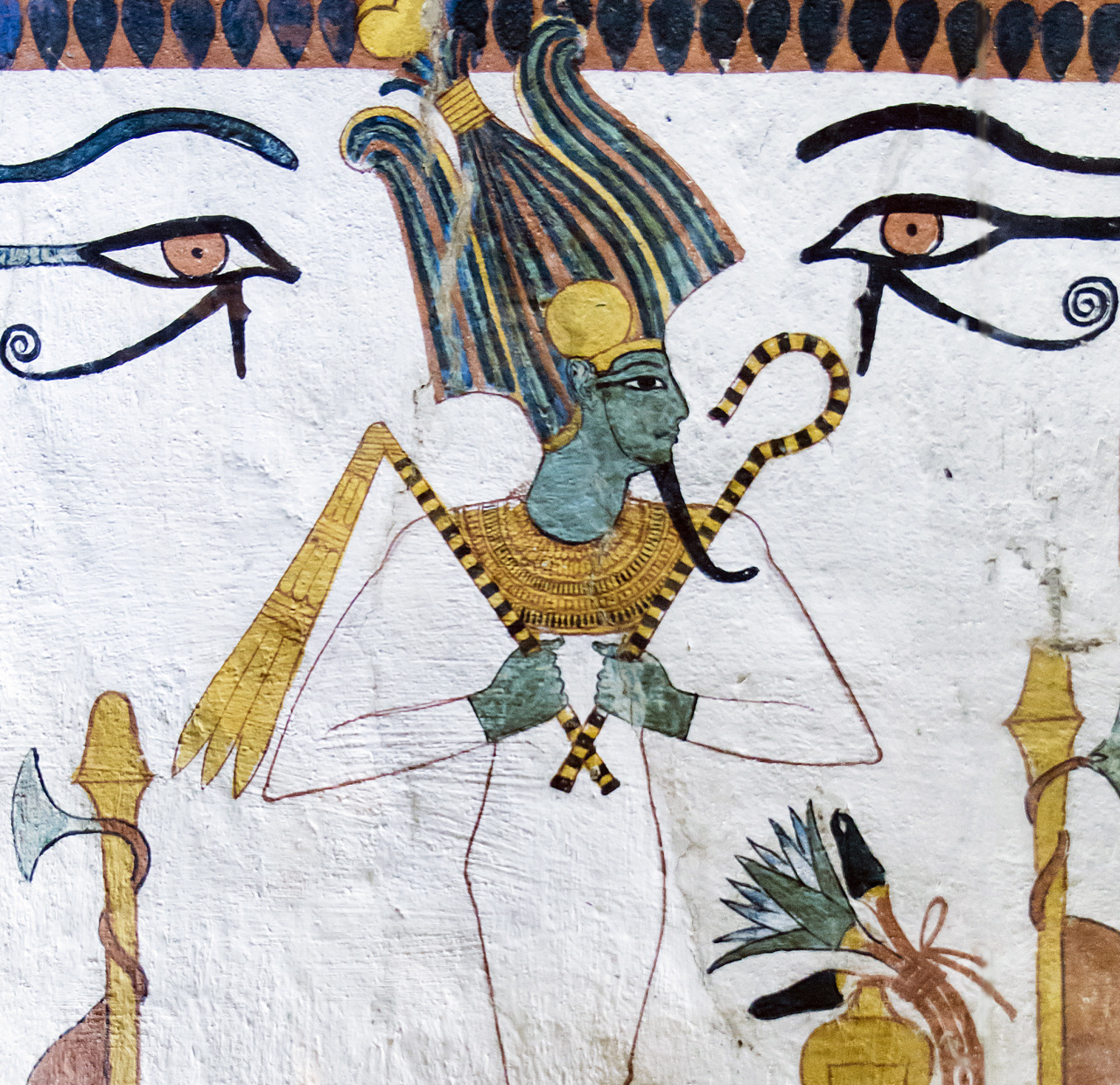Ancient Art has often been a way for people to express themselves specifically and share 100 percent of their memories. Ancient art in particular provides fascinating insights into people’s lives, thoughts and cultures over time. In this book we can learn about ancient art forms and what they often tell us about the civilization that created them.
Art is important in ancient culture
The Ancient Art of accounting has served many skills. Not very nice decor; Memory is a way of reporting, expressing emotions, articulating thoughts. In historical times, people used art to express their beliefs and lay out their realities. For example, many innovative endeavors were associated with non-secular behaviors or sports activities that stood out in society. Through archaeology, we can learn how people knew and lived.
Various types of ancient art
There are many important ancient icons that can help us see various forms of creativity in extremely different cultures, including art, painting, pottery, and style. Each of these offices gives a very different face to the societies that formed it.
Design: Catching life in stone
Art is one of the oldest art forms. Ancient civilizations, such as the Egyptians and Greeks, created beautiful designs, which often had religious or political significance For example, large statues of pharaohs were erected for display
Artists made sculptures from a variety of materials, including stone, metal, and clay. They often spent years perfecting each piece.
Pottery: The art of everyday life
Pottery is another important element of classical art. Pottery tells us a lot about the daily lives of ancient people. From elaborate Greek pottery to simple pottery from Mesopotamia, pottery was not only practical but also a means of artistic expression Different cultures had different ceramics. For example, the Greeks developed a style called black figure pottery, where black figures were painted on a red background. And not only were these pieces functional, but they also told stories about folklore and everyday events.
Drawing: Expressions in Color
Editing the image is also an important part of the historical image. Many ancient civilizations used painting to tell stories or convey worldly messages. The paintings in the ruins of Pompeii, for example, give us a glimpse into the daily life of the ancient Romans and their energetic consciousness
In historic Egypt, tomb paintings were created to help guide the deceased to the afterlife. These elements tend to emphasize the presence of the character and the desired subjects, emphasizing the importance of their ideas about survival after death
Construction: Building for Years
Architecture is the enduring evidence of what historical civilizations accomplished. Structures such as the great pyramids of Egypt, the temples of Greece, and the Roman ship exhibit high engineering skills and modern design acumen.
Subjects in Ancient Art
Each lifestyle has its own positioning stories and ideas reflected in their art. Identifying those artifacts can give us an idea of the values and beliefs of ancient peoples.
Nature and Reason
Nature has often been a central setting in historical paintings. Many journeys celebrated the splendor of the area, offering scenes of animals, flowers and landscapes. Additionally, visual efforts that depict tangible landscapes are important to early humans, and work through 100 percent of biological and environmental issues
methods in classical art
The most widely used technique by many historical artists is reliance on available materials. Understanding their methods reveals their creativity and determination.
Drawing Techniques
Ancient artists used special techniques to compile the results. The Egyptians, for example, wore strong sun masks, just as the Greeks used terrifying brushes for strong calculations. These strategies reflect the expression of innovation in different cultures.
Weaver Method Shots
A large pottery oven and a method of firing became necessary. Different cultures developed different methods, leading to different methods and conclusions. This technology furthr produced complex and sophisticated ceramics that highlight the power of historical craftsmen.
The lasting influence of ancient art
Ancient art continues to influence our world today. It inspires contemporary artists and plays an important role in education and culture. Museums around the world showcase artifacts from the past, allowing people to connect with history and appreciate the creativity of past civilizations. Many contemporary artists draw inspiration from old styles, mixing them with contemporary themes to create new art. This blend of past and present shows that creativity knows no limits.
Conclusion
Antiquities provide a detailed window, revealing the creativity and cultural richness of human affairs. Through lots of office work, complexity, and a variety of methods for exploring historic art, we gain deep insight into the lives of the people who came before us. While the arts inspire and nurture us these days, they were created many years ago at the other end, reminding us of the age-old human creative spirit that unites all generations.
